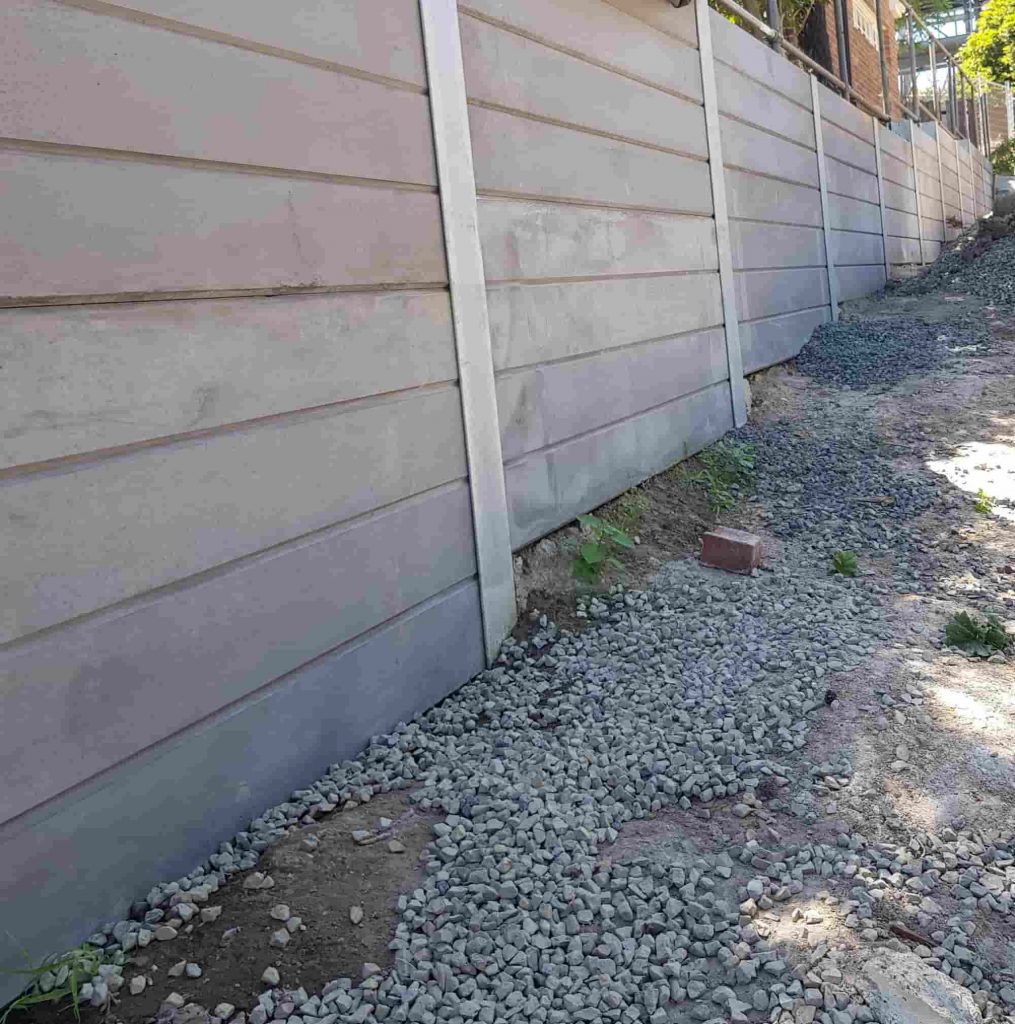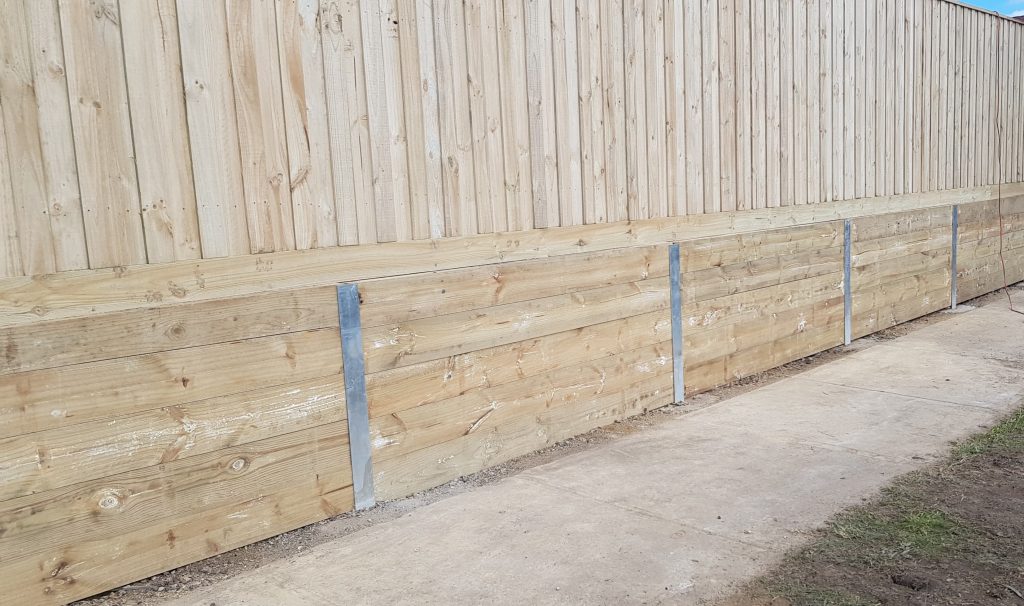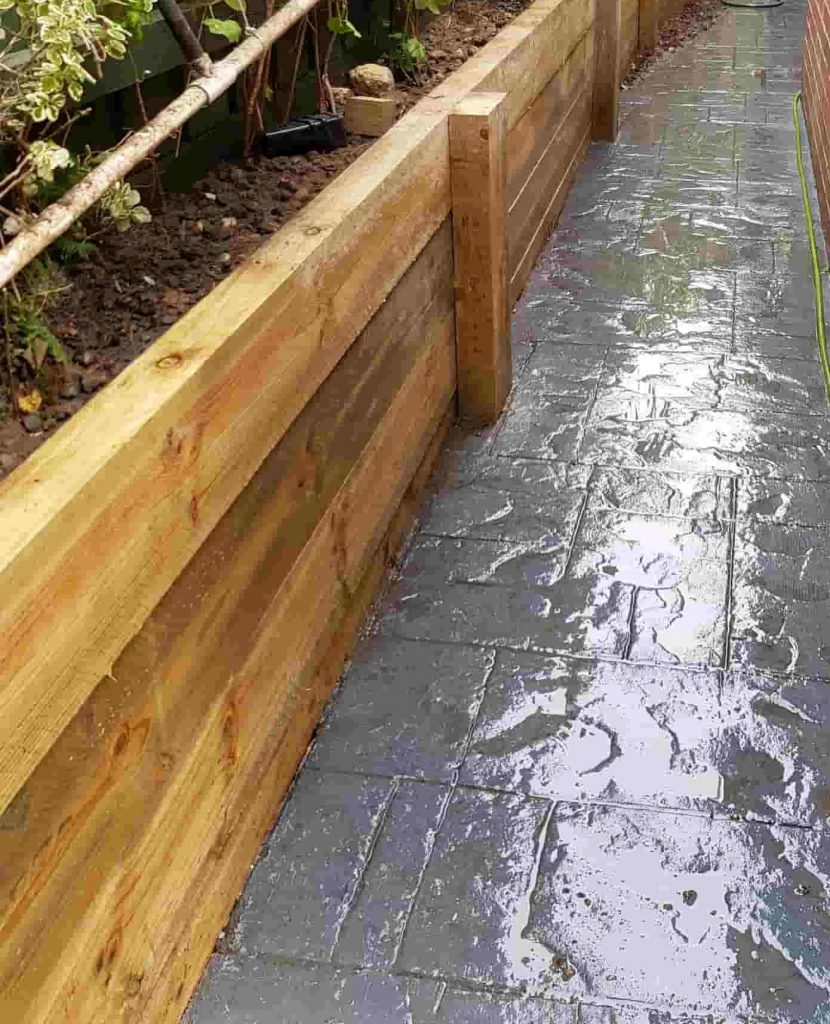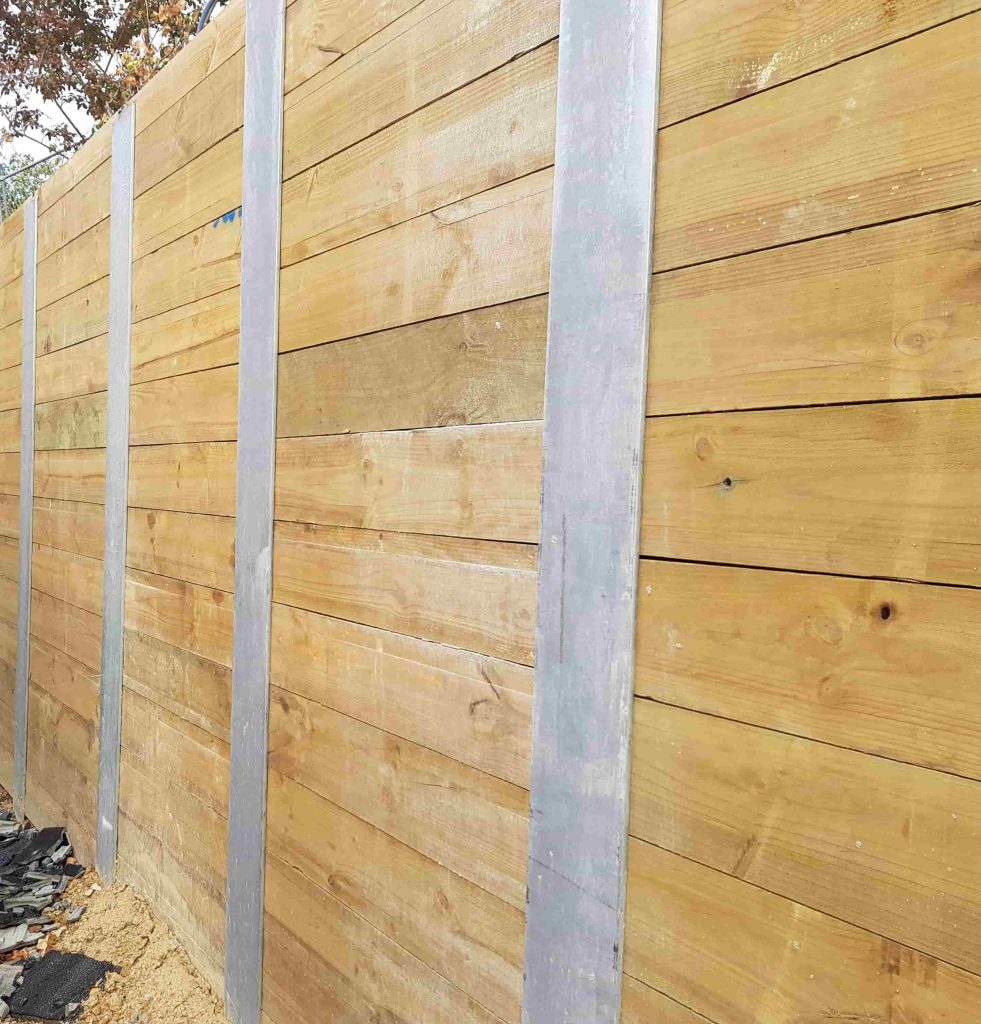Do it yourself vs. Specialist Retaining Wall Installation: Pros and Cons
Introduction
When it pertains to landscaping, one of the most crucial features you may think about is a maintaining wall. These structures not just serve a functional function but also improve the aesthetic appeal of your home. Retaining walls can avoid soil erosion, handle water drainage, and develop flat areas in sloped gardens. However when it's time to set up one, you might question whether to deal with the project yourself or employ a professional maintaining wall installer.
The option in between DIY and hiring a retaining wall contractor can be intimidating. This article breaks down the DIY vs. Expert Retaining Wall Installation: Pros and Cons to help you make a notified decision. We will explore various elements, including costs, materials, skills needed, and far more. So get a cup of coffee as we delve into this critical topic.
DIY vs. Professional Retaining Wall Setup: Pros and Cons
Understanding Maintaining Walls
What Is a Keeping Wall?
A keeping wall is a structure designed to hold back soil or rock from a building or location. They are available in numerous products such as concrete sleeper blocks, wood sleeper panels, H beams, and stone masonry.

Why Are Keeping Walls Important?
Retaining walls serve several purposes:
- They assistance manage water flow.
- They avoid soil erosion.
- They create functional land in sloped areas.
Types of Keeping Walls
Concrete Sleeper Walls
Concrete sleeper walls are popular for their resilience and strength. They are typically used in industrial projects due to their capability to endure heavy loads.
H Beam Walls
H beam walls use steel beams that offer exceptional support for larger structures and are typically utilized in commercial applications.
Wood Sleeper Walls
Wood sleeper walls provide a visual appeal that blends well with natural landscapes however might not last as long as concrete options.
Timber Sleeper Walls
Timber sleeper walls are another appealing option but require regular upkeep to ensure longevity against rot and pests.
Materials Utilized for Maintaining Walls
Stone
Stone is a traditional material that includes sophistication however can be expensive and labor-intensive.
Concrete Blocks
These are versatile and economical but might lack visual appeal unless completed properly.
Pros of do it yourself Retaining Wall Installation
Cost Savings
One of the main benefits of do it yourself installation is saving money on labor costs related to employing a retaining wall builder or specialist. You're essentially paying only for materials.
Flexibility in Design
When you go the do it yourself path, you have total control over the design elements-- how high you desire it, what materials to use, etc

Skill Development
Taking on the task yourself permits you to find out brand-new skills like masonry or landscaping methods which can be helpful in future home improvements.
Immediate Availability
If you're eager to get going on your landscape task, doing it yourself indicates no lingering for a contractor's schedule to open up.
Cons of do it yourself Retaining Wall Installation
Time-Consuming Process
Even though do it yourself tasks appear appealing due to cost savings, they can take significantly longer than anticipated-- specifically if you're inexperienced.
Lack of Expertise
If you have actually never constructed a keeping wall before, mistakes can take place easily-- leading to structural failures that might cost much more down the line.
Limited Equipment Access
Professional professionals have access to specialized devices that may not be readily offered for DIY enthusiasts which can make jobs harder than anticipated.
Pros of Working with an Expert Retaining Wall Installer
Experience and Expertise
Professional retaining wall professionals bring years of experience which significantly minimizes the threat of errors throughout building.
Quality Assurance
Hiring an expert frequently ensures higher quality work given that they adhere strictly to market standards.
Time Efficiency
A professional group can finish projects much faster than the majority of property owners just since they work more efficiently with practiced methods.
Access to Quality Materials
Contractors usually have relationships with suppliers offering them discounts on quality materials like concrete sleepers or lumber sleepers that you might not access as easily on your own.
Cons of Employing an Expert Retaining Wall Contractor
Higher Expenses Involved
While hiring professionals brings numerous advantages, it likewise comes at a premium price compared to doing it yourself which might hinder some house owners from going this route.

Less Control Over Design Choices
When working with specialists, you might have less versatility concerning style choices since they usually follow their proposed strategies unless otherwise specified.
FAQs
1. What elements must I think about when deciding in between do it yourself and working with a professional?
Consider your budget plan, skill level, time restraints, and the intricacy of the job. If you're unsure about any element or absence experience with retaining walls like concrete sleeper installation, it's much better to work with an expert.
2. How much does it typically cost for expert installation?
Costs differ widely based upon products used (like H beams or wood sleepers) and regional labor rates; however, expect anywhere from $15-$50 per square foot depending on these variables!
3. Can I use different kinds of materials together?
Yes! Mixing materials such as stone bases with lumber or concrete tops can produce an aesthetically pleasing look while preserving structural integrity-- however consult with professionals initially if uncertain about compatibility!
4. What kind of drainage should I include in my design?
Correct drainage is critical! Guarantee your design includes weep holes or gravel backfill behind the wall so water does not develop versus it-- which could cause failure over time!
5. Is planning authorization required for building maintaining walls?
In numerous locations yes; it's finest practice (and sometimes lawfully needed) check local zoning laws before starting any building-- specifically taller structures!
6. How do I preserve my freshly installed maintaining wall?
Routine evaluations are essential! Watch out for fractures or indications of shifting; cleansing debris frequently will also lengthen life-span-- specifically important if utilizing wood due its vulnerability against rot!
Conclusion
Choosing in between DIY vs. professional maintaining wall setup ultimately comes down to your individual situations-- budget plan restrictions versus ability level being possibly the most considerable factors at play here!
Whether you choose working with a knowledgeable specialist who focuses on setting up things like concrete sleepers or selecting hands-on labor tackling wood sleeper designs yourself-- the best option depends entirely upon what feels best suited toward achieving those landscaping dreams successfully!
By thinking about all pros & & cons highlighted above concerning both techniques discussed within this post-- you'll discover yourselves geared up better than ever before making choices confidently moving forward into whatever yard ventures wait for https://mrcreamchargers.com.au/ ahead!
